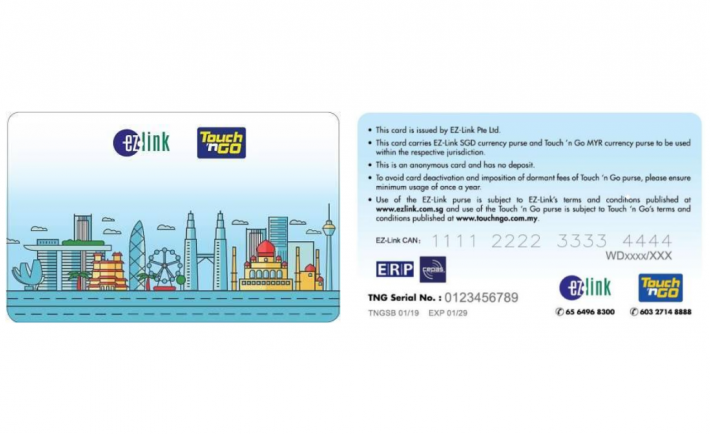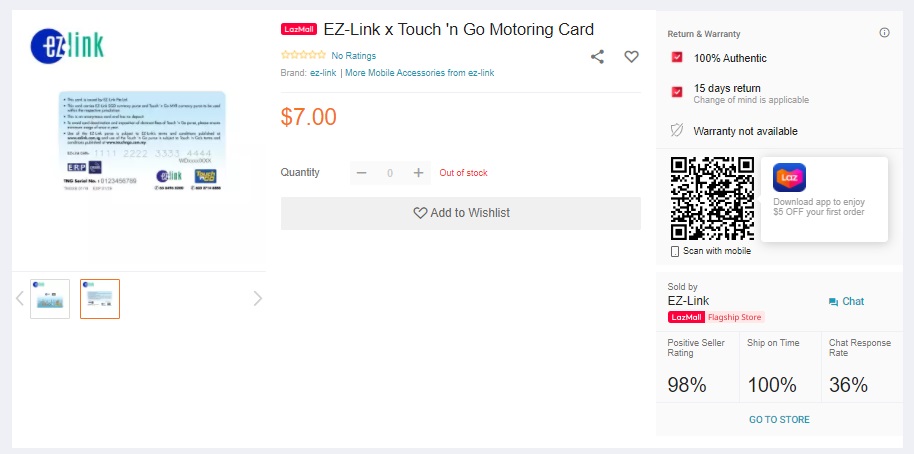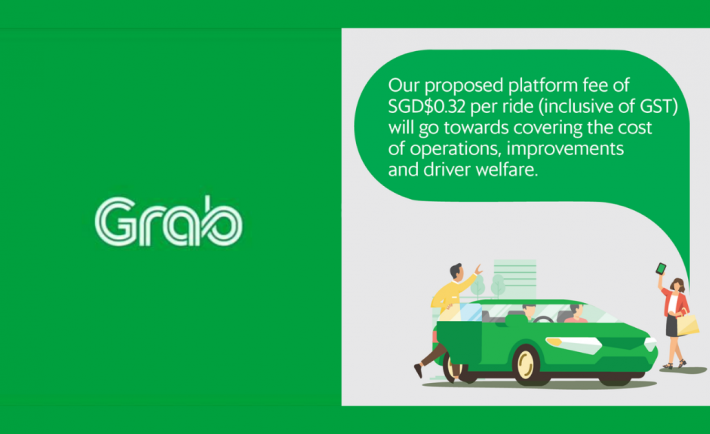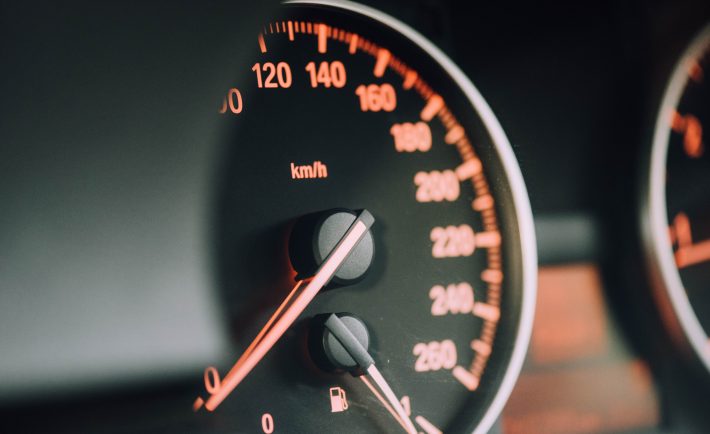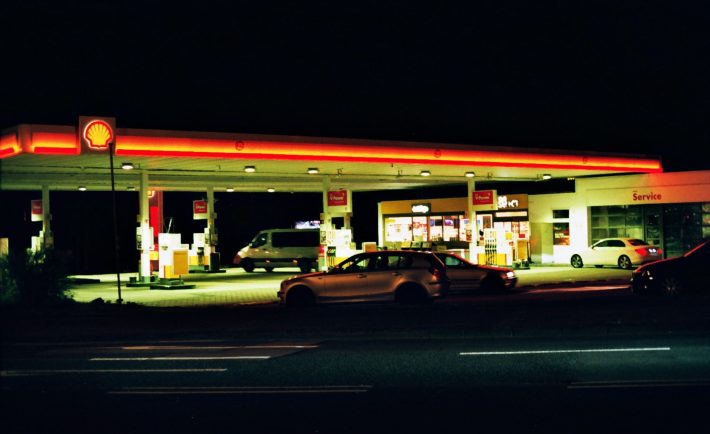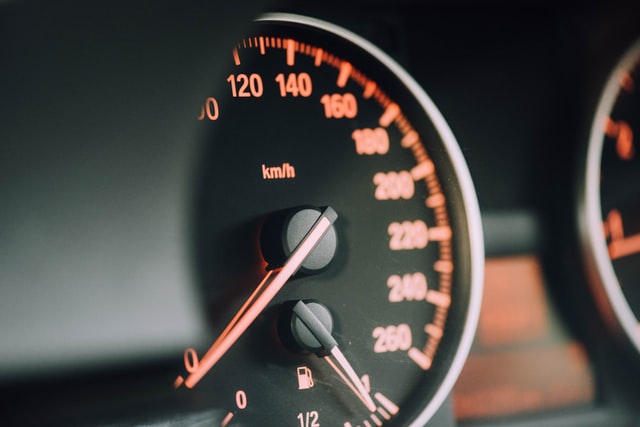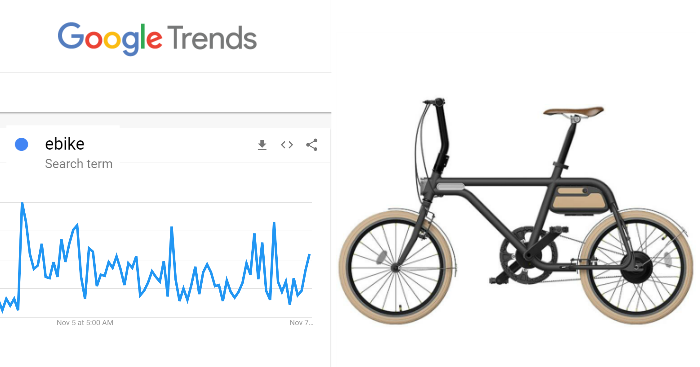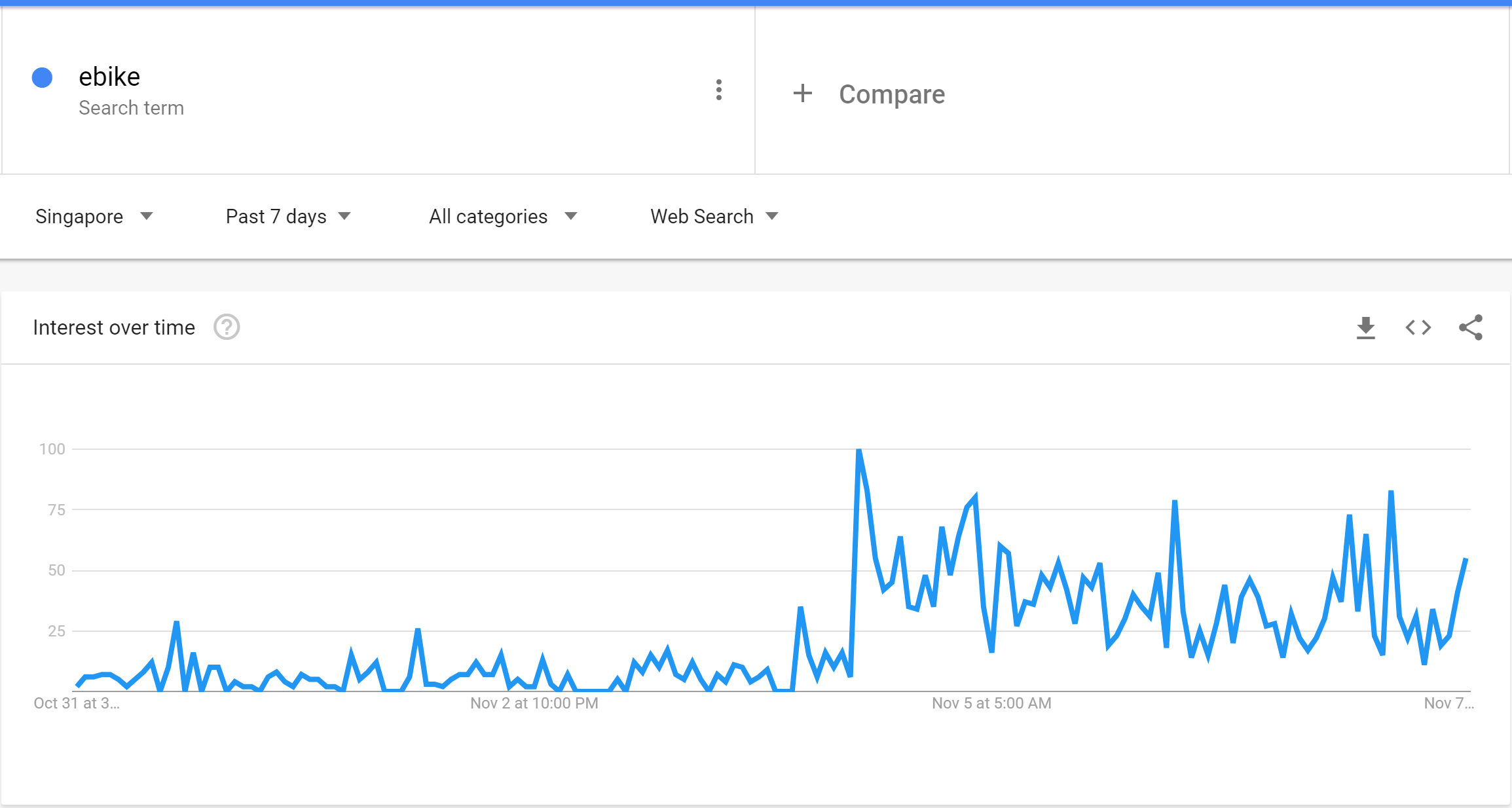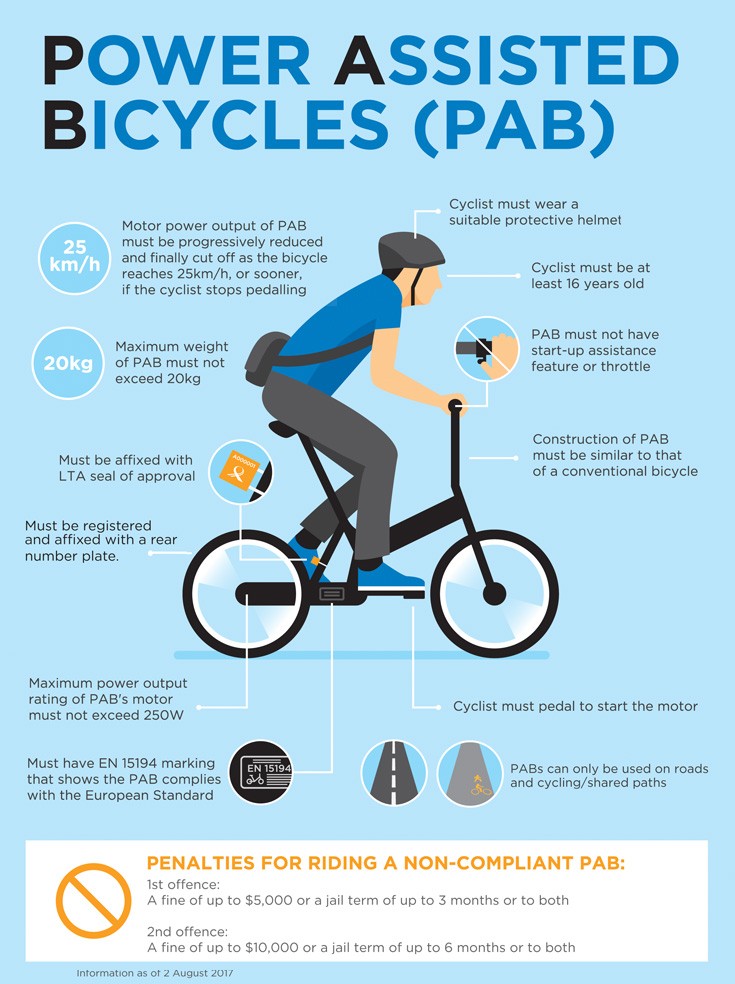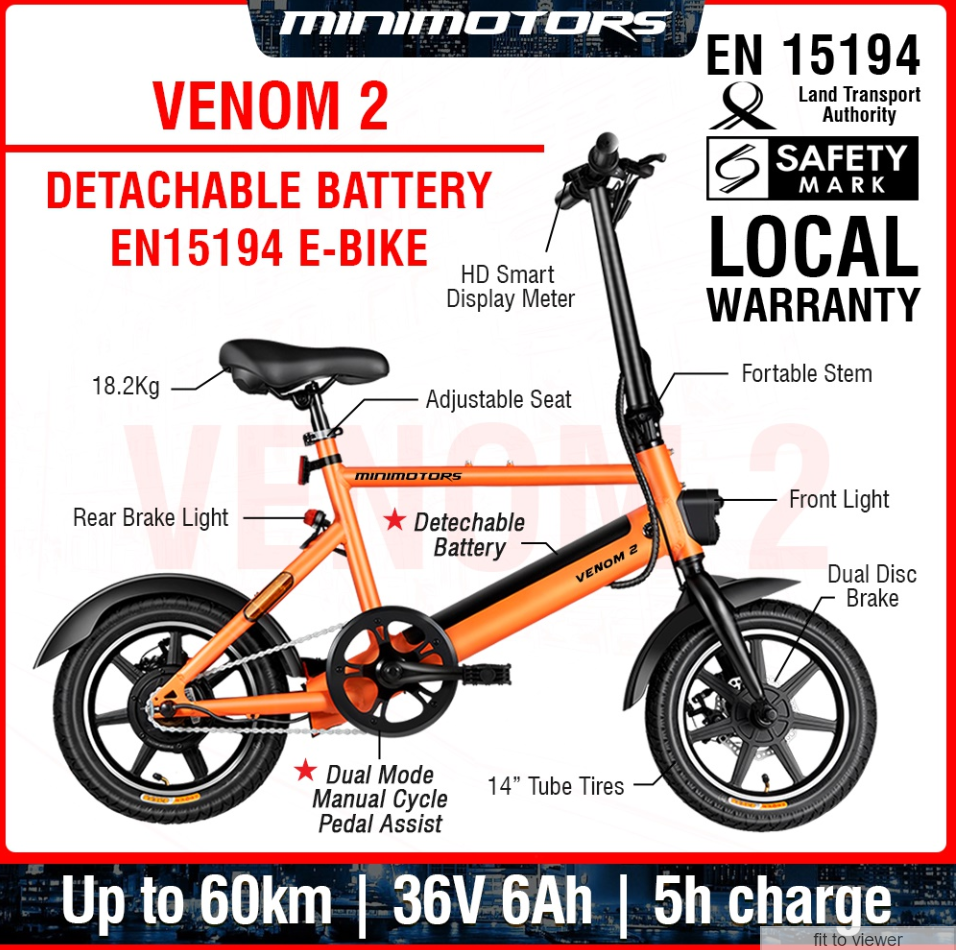With the implementation of the Reciprocal Green Lane and Periodic Commuting Arrangement at the Singapore-Malaysia border, comes the news of the launch of a new dual-currency contactless card.
EZ-Link x Touch ’n Go Motoring Card
Termed as the “EZ-Link x Touch ’n Go Motoring Card”, it will allow users to store both Singapore dollars and Malaysian ringgit in two electronic purses on the same card.
“The EZ-Link x Touch ’n Go Motoring Card offers motorists the convenience and flexibility of payment options in both countries,” said EZ-Link in a news release.
“Our EZ-Link x Touch ‘n Go Motoring Card will bring a new level of convenience for motorists who have to travel between the countries often, and offer added safety and flexibility in contactless payment options,” EZ-Link Chief Executive Officer Nicholas Lee adds.
Ways to use the card
In Singapore, the EZ-Link x Touch ’n Go Motoring Card can be used for Electronic Road Pricing (ERP) payments, checkpoint toll charges, and parking fees at some car parks.
While in Malaysia, it can be used to pay highway tolls, checkpoint toll charges, parking fees, MRT, and even bus fares. It is also accepted at Touch n’ Go retail outlets.
Where to buy?
According to EZ-Link, the card can be purchased on the official EZ-Link store on Lazada at S$7 with no load value.
We wanted to purchase one but it was out of stock at the time of writing. You may want to check to see it’s available for purchase in the coming days.
If you can’t get one this month, fret not. In September, it will be available for sale at selected 7-Eleven convenience stores in Singapore for S$10 – inclusive of a S$3 load value in the EZ-Link purse.
You can top up the EZ-Link purse and the Touch ‘n Go purse at regular channels in Singapore and Malaysia respectively.
FAQs
#1: Can I use the EZ-Link x Touch ‘n Go Motoring Card to pay for foreign-vehicle entry fees at the customs when I am travelling from Singapore to Malaysia and vice versa?
For Singapore-registered cars travelling into Malaysia
You may use the EZ-Link x Touch ‘n Go Motoring Card to pay for toll fees entering into Malaysia.
For foreign-registered cars travelling into Singapore
You can’t use it for payment of Vehicle Entry Permit (VEP) fees.
#2: Where do I top up my EZ-Link x Touch ‘n Go Motoring Card?
Topping up in Singapore
Please top up the EZ-Link purse of your EZ-Link x Touch ‘n Go Motoring Card at 7-Eleven outlets, DBS/POSB ATMs, OCBC ATMs, AXS Stations, top-up machines at PA Community Clubs and Water Venture Outlets, and at selected car parks that accept EZ-Link card payments. Top-up fees apply at certain top-up channels.
Topping up in Malaysia
Please visit this page for top-up locations for the Touch /n Go purse of your EZ-Link x Touch ‘n Go Motoring Card. Please note that top-ups are not available at all 7-Eleven outlets in Malaysia.
#3: How long can I use my EZ-Link x Touch ‘n Go Motoring Card for?
The EZ-Link purse in the EZ-Link x Touch ‘n Go Motoring Card has a lifespan of 5 years whereas the Touch ‘n Go purse has a lifespan of 10 years. You can continue using the Touch ‘n Go purse after the 5 years’ lifespan of the EZ-Link purse.

